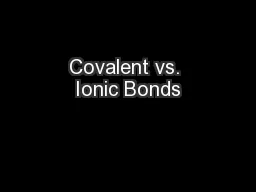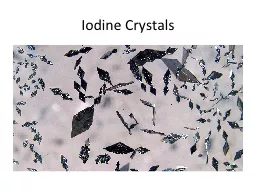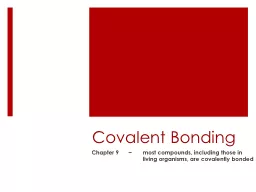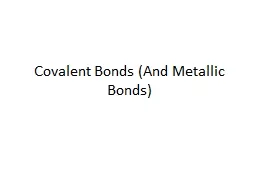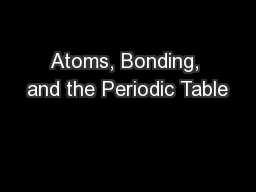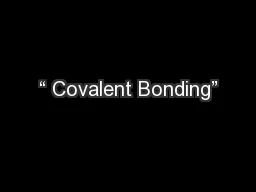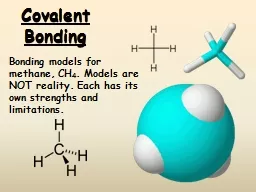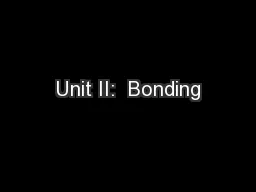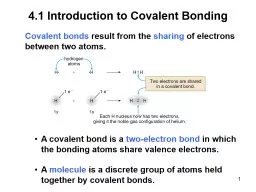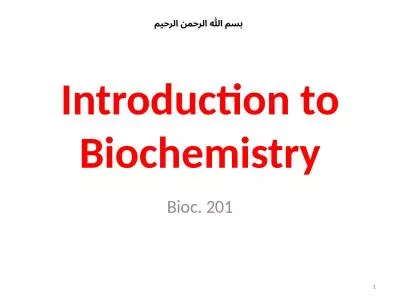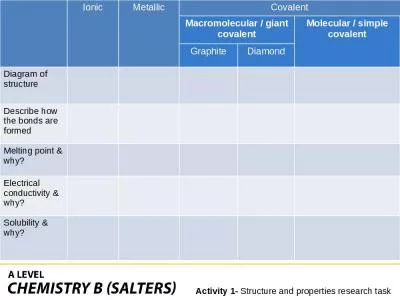PPT-Covalent vs. Ionic Bonds
Author : phoebe-click | Published Date : 2017-07-19
How does your sense of smell work If a molecule fits into a receptor site in your nose should all things smell Why do you think you dont smell the molecules of
Presentation Embed Code
Download Presentation
Download Presentation The PPT/PDF document "Covalent vs. Ionic Bonds" is the property of its rightful owner. Permission is granted to download and print the materials on this website for personal, non-commercial use only, and to display it on your personal computer provided you do not modify the materials and that you retain all copyright notices contained in the materials. By downloading content from our website, you accept the terms of this agreement.
Covalent vs. Ionic Bonds: Transcript
Download Rules Of Document
"Covalent vs. Ionic Bonds"The content belongs to its owner. You may download and print it for personal use, without modification, and keep all copyright notices. By downloading, you agree to these terms.
Related Documents

